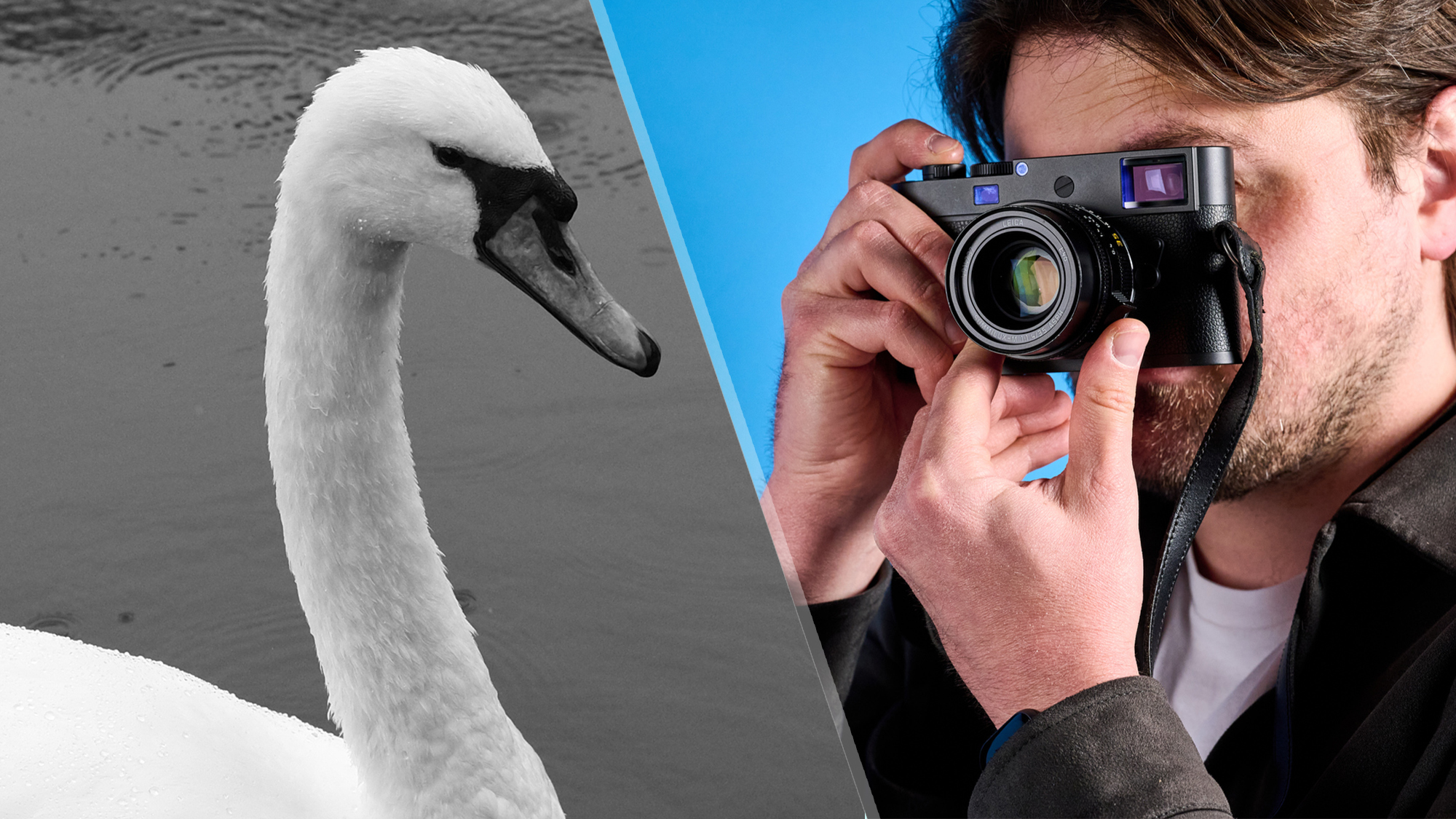
I have the pleasure (and privilege) of testing the best cameras at Tom's Guide and putting them through their paces. It isn't often that a camera lands on my desk and I'm immediately struck by its design and features — but the Leica M11-D is one such camera.
I spent two weeks testing it and boy did it test my patience and my skills as a photographer! And at the end of the testing period, I came out a better photographer.
Why, you ask? Because the M11-D forces you to trust your instincts. It kicks it old-school-style by doing away with modern touchscreens and autofocus. And there's no highly detailed optical or electronic viewfinder either. The M11-D is a rangefinder camera, which means you need to align two images to get the perfect shot.
Of course, you're paying a premium for the M11-D — $10,555 / £8,100 to be precise. So what makes this camera so expensive? The red dot, for starters, but it's packed with other goodies that set it a class apart from the likes of Sony, Canon, Fujifilm, etc. The M11-D has improved my capabilities as a photographer, and now, allow me to show you how and why.
Pinpoint precision
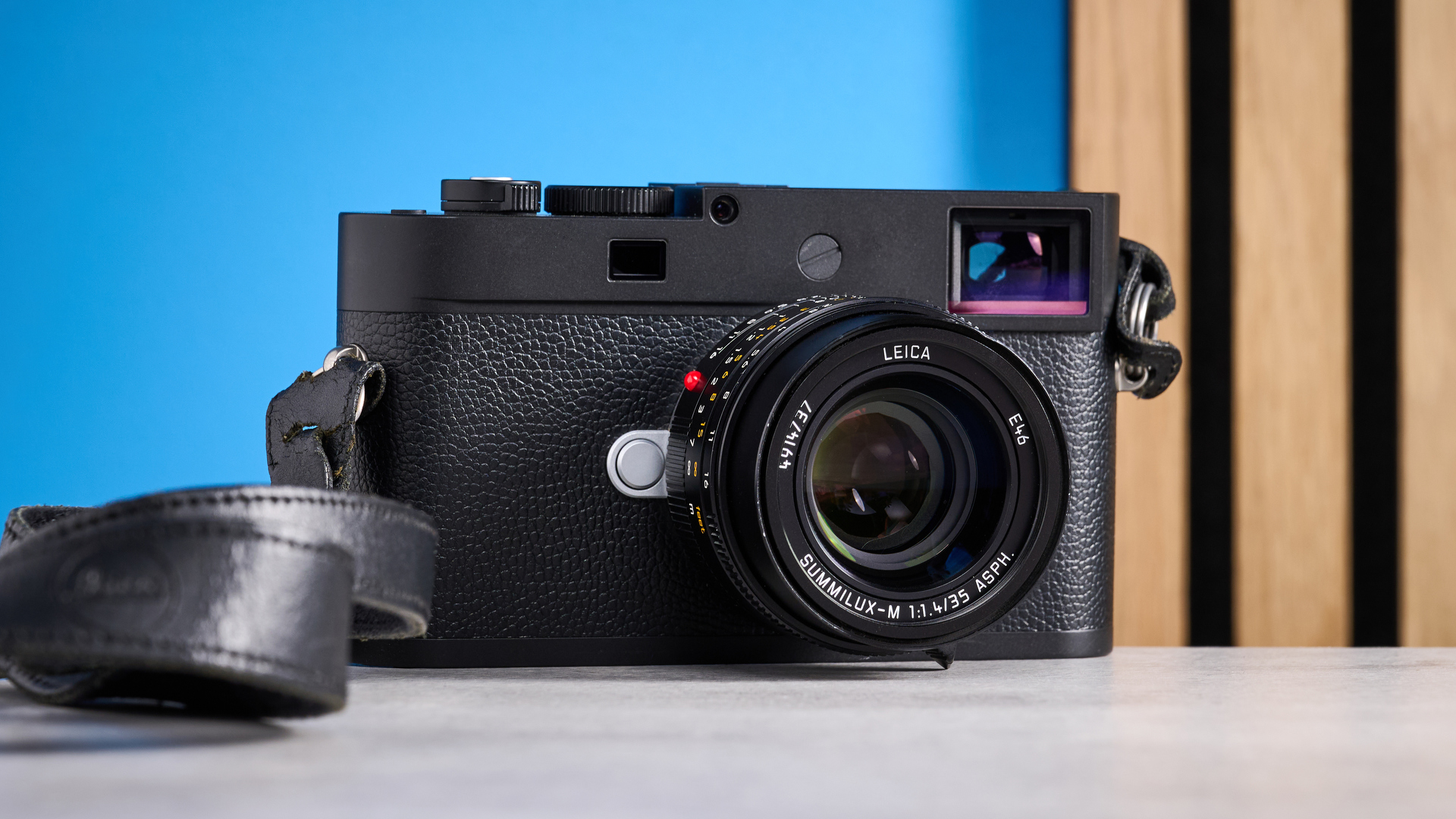
Like I said before, the Leica M11-D is a rangefinder camera, so what does that mean? I explain it in detail in my review but in a nutshell: instead of the viewfinder showing an image that has come through the lens, the rangefinder shows an image that has come through the optical viewfinder window itself.
A tiny second window on the front of the camera projects another smaller image (the ‘focusing patch’) into the viewfinder.



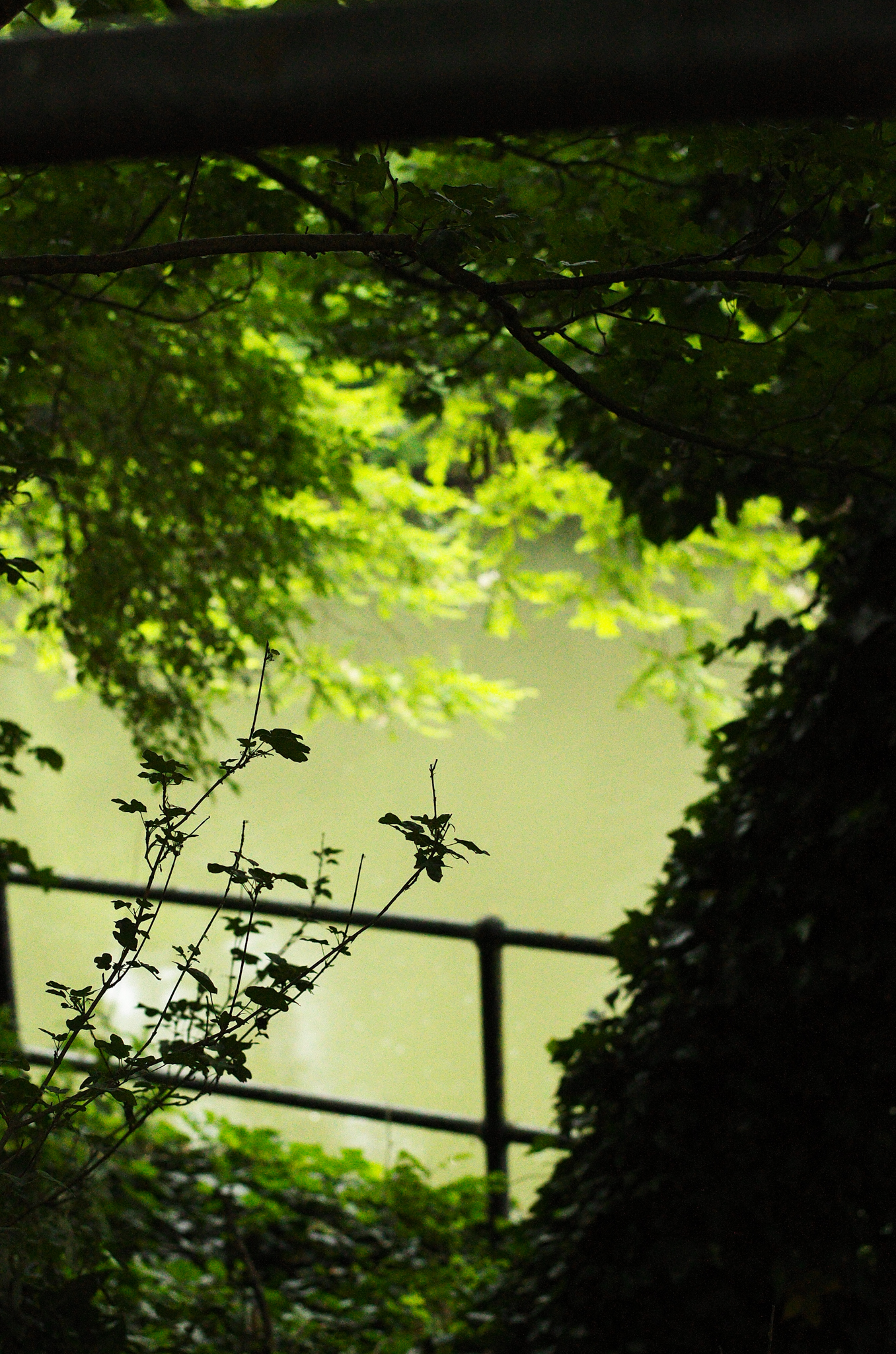
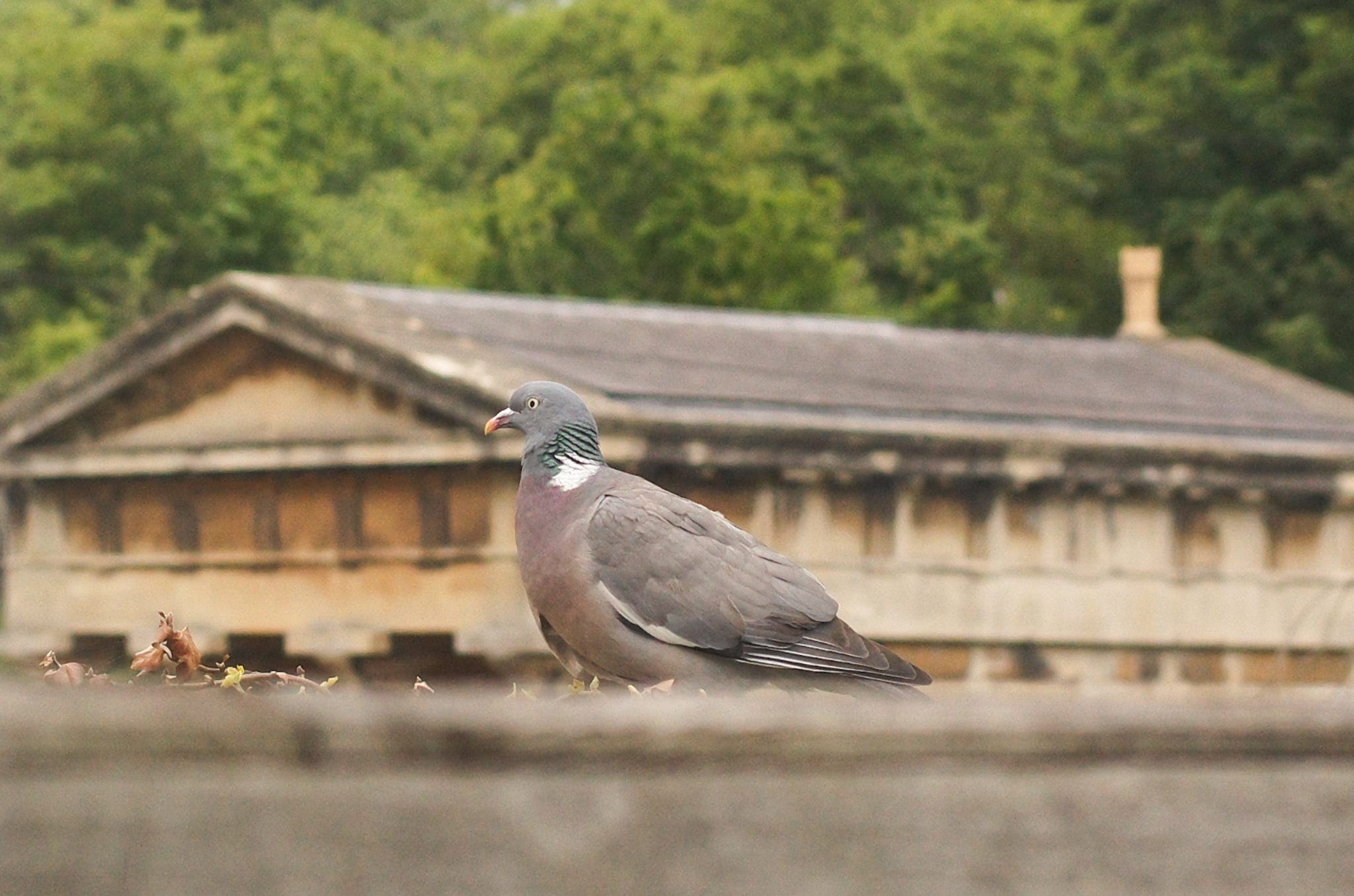
To focus, align both images to capture a sharp, in-focus image. This takes some trial and error but the resulting images are ridiculously sharp, and the camera lets you extremely precisely focus on your primary subject, as you can see in the gallery above.
The first photo of the swan and ducks is one of the best I've ever taken — the precise focus makes the swan pop and, if I do say so myself, the composition is beautiful.
The other images speak for themselves. You also have 60.3MP at your disposal, and the Leica Maestro III processor at work. When these two work together, the M11-D produces razor-sharp images that ooze finesse and, in a way, luxury.
Click first, check later
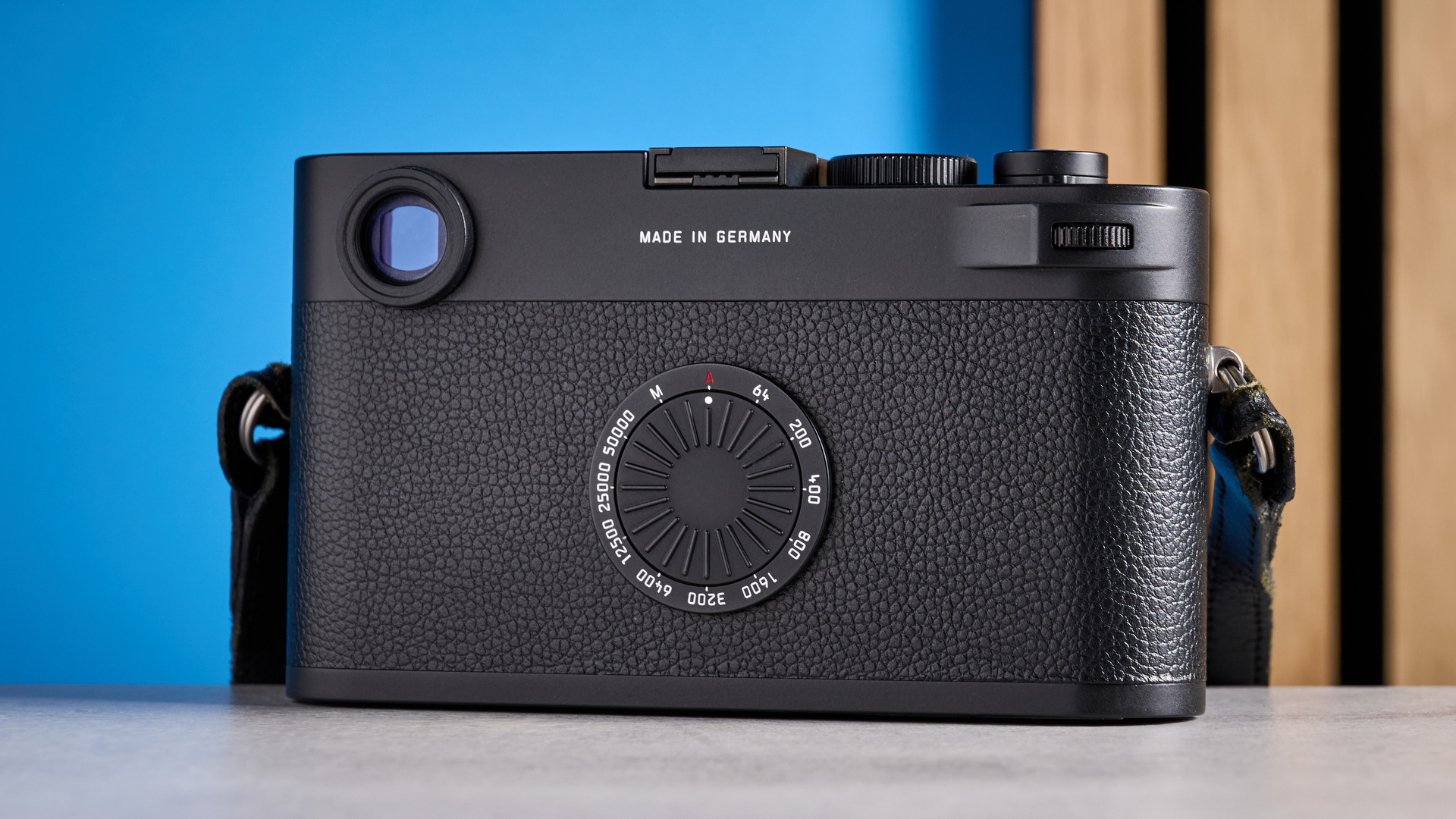
You know how when you use a film camera, you can't see the photos until you get them developed? The Leica M11-D is somewhat like that. It hopes to deliver an analog shooting experience thanks to its screen-less design.
You can't view the photos on the camera after you've taken them — you must use either the Leica FOTOS smartphone app or plug the M11-D into a laptop.
This means that if you don't check your phone right after you've taken a shot, you may miss the opportunity to take it again. And I think that's a big selling point of this camera.
It negates any distractions, leaving just you, the camera and your subject in the moment. After using the camera for a while, I started leaning on my instincts more, and I made more of an effort to get the perfect shot.
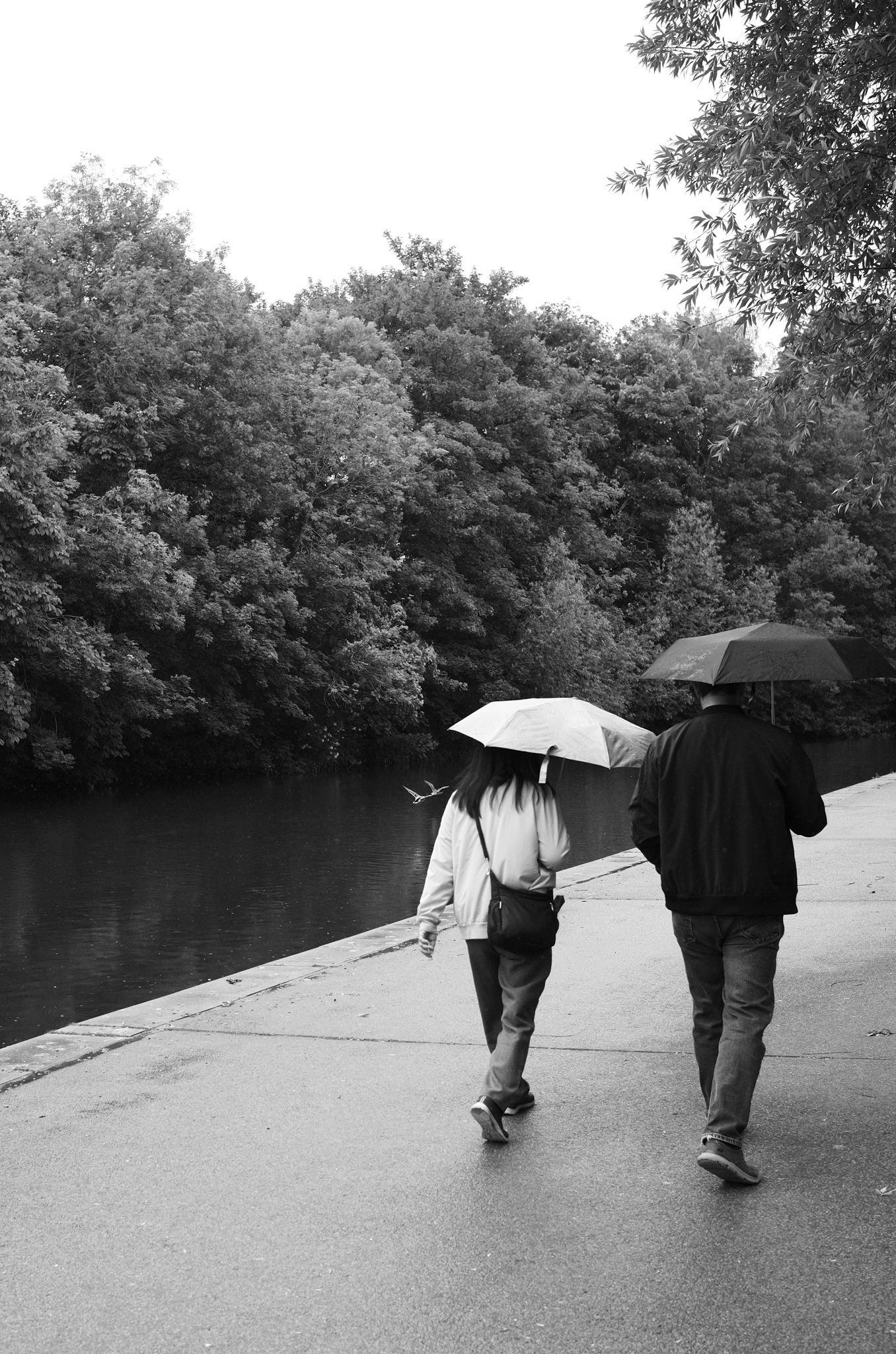

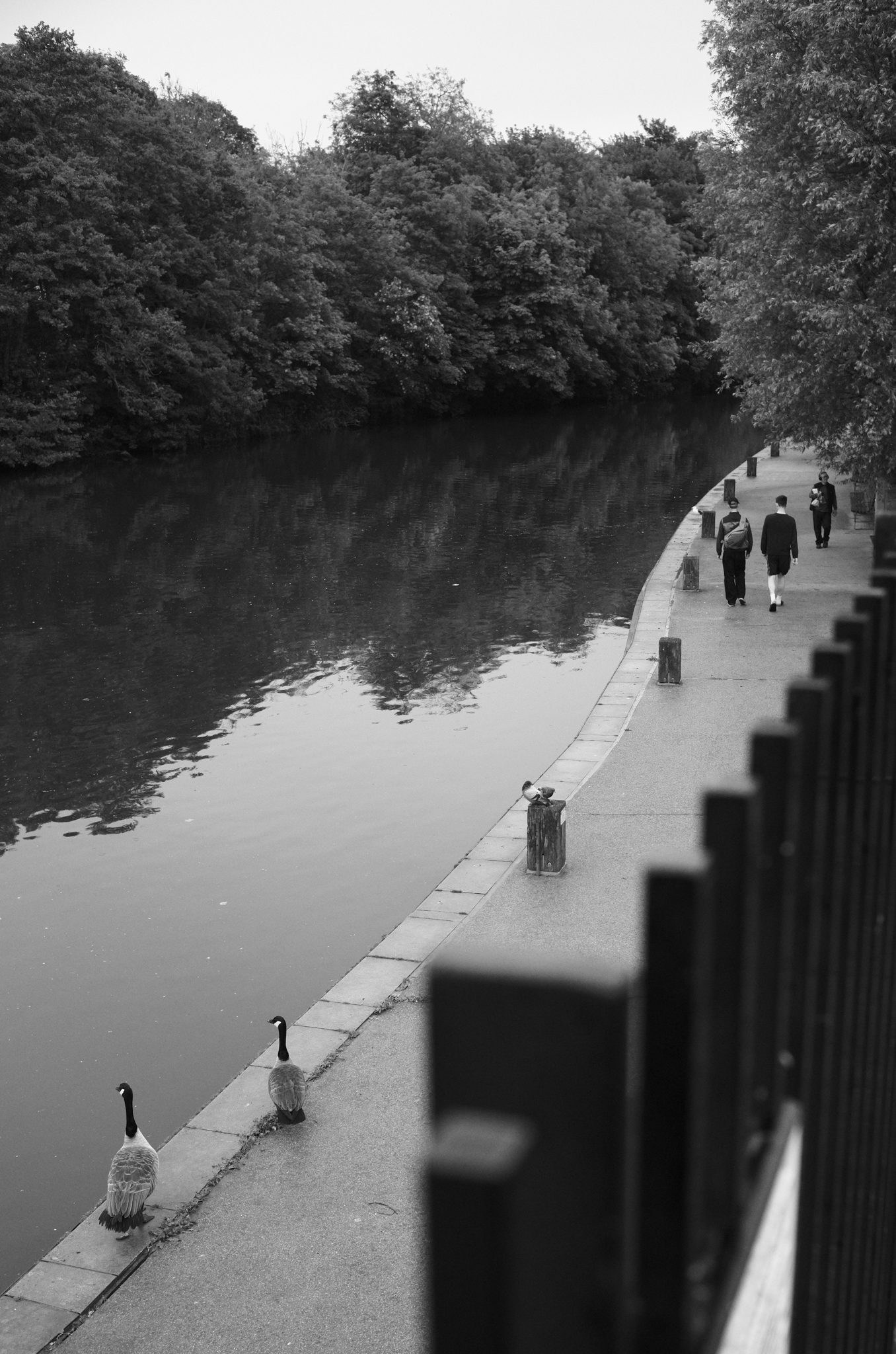
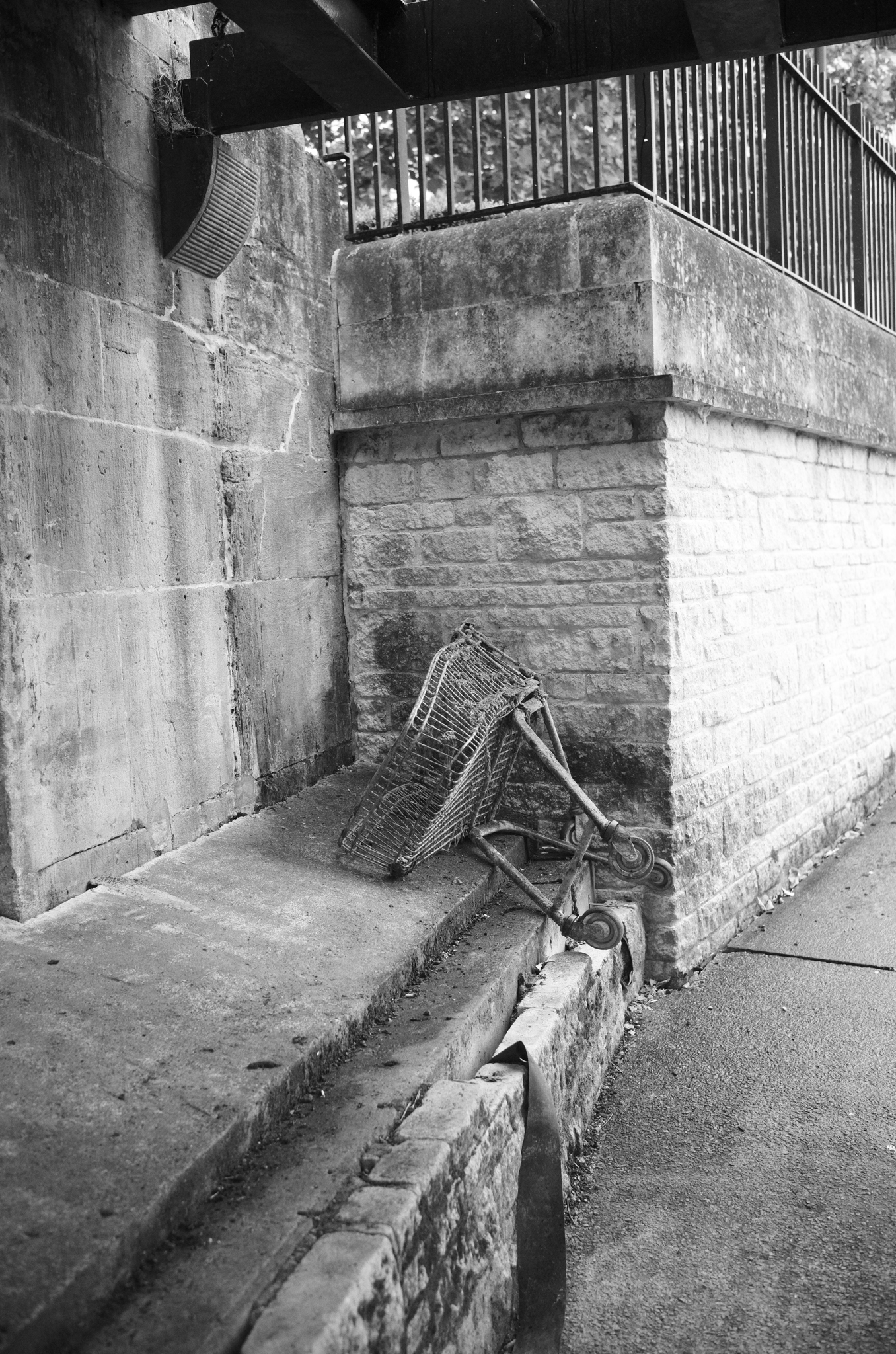
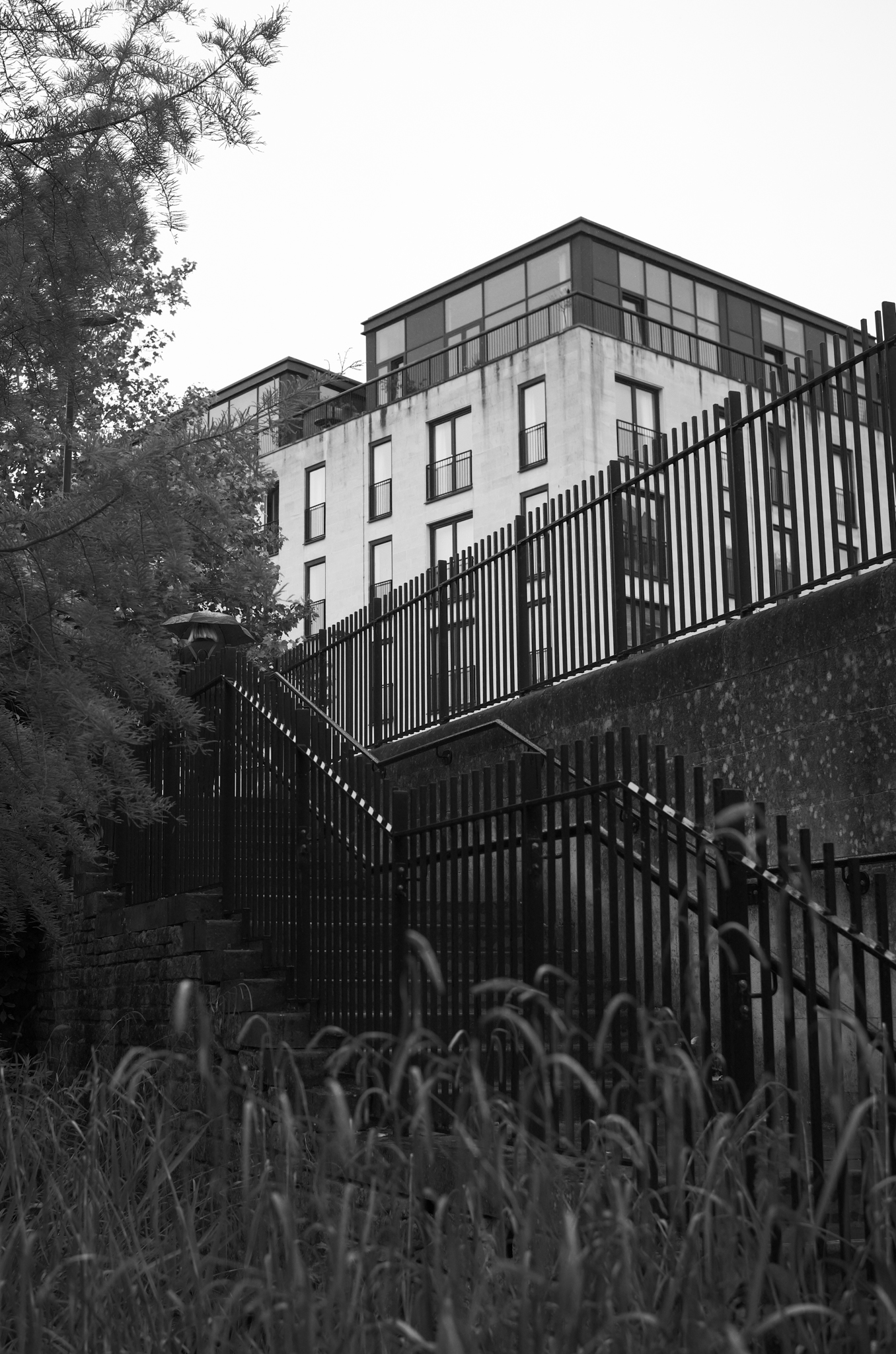
Because you need to take your time to frame a shot, the M11-D is best-suited to street, architecture and portrait photography, and its 4.5fps mechanical shutter is just speedy enough for slow photography. I managed to take some lovely photos of slow-moving swans and ducks but I wouldn't recommend using it to photograph birds in flight or skittish animals.
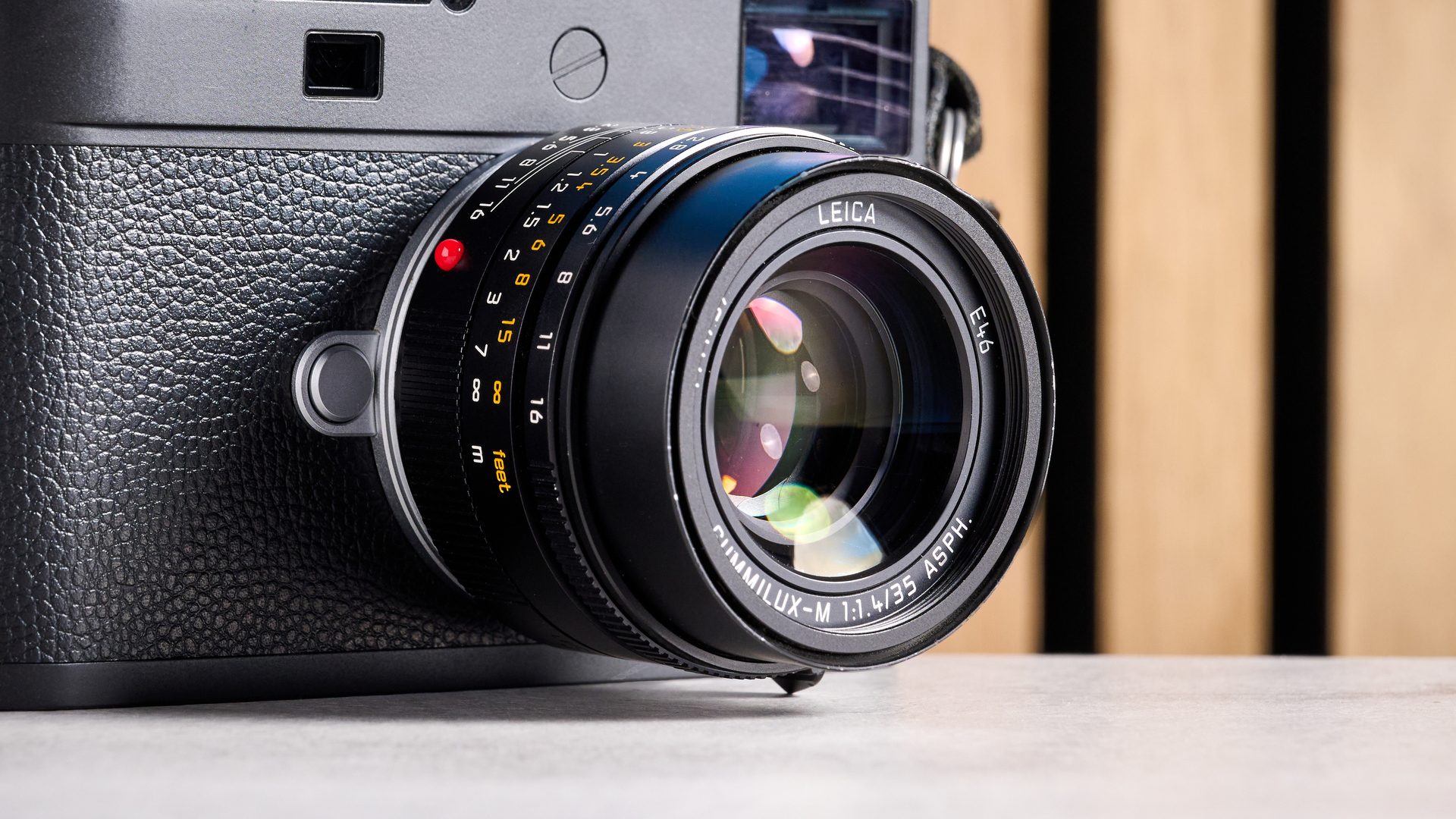
I've thoroughly enjoyed using the M11-D. In a fast-paced world where we're always striving for the perfect shot for quick-sharing to social media, it's made me slow down. It's made me assess my surroundings, gauge where the best light is coming from and what the right angle is.
Every shot in this article and my review was meticulously thought-out and composed. I was never in a rush to finish testing the M11-D, or put it back in my bag. I wanted to keep taking more and more photos, even when it started raining cats and dogs. This is a beautiful camera that, I think, everyone should try at least once.







